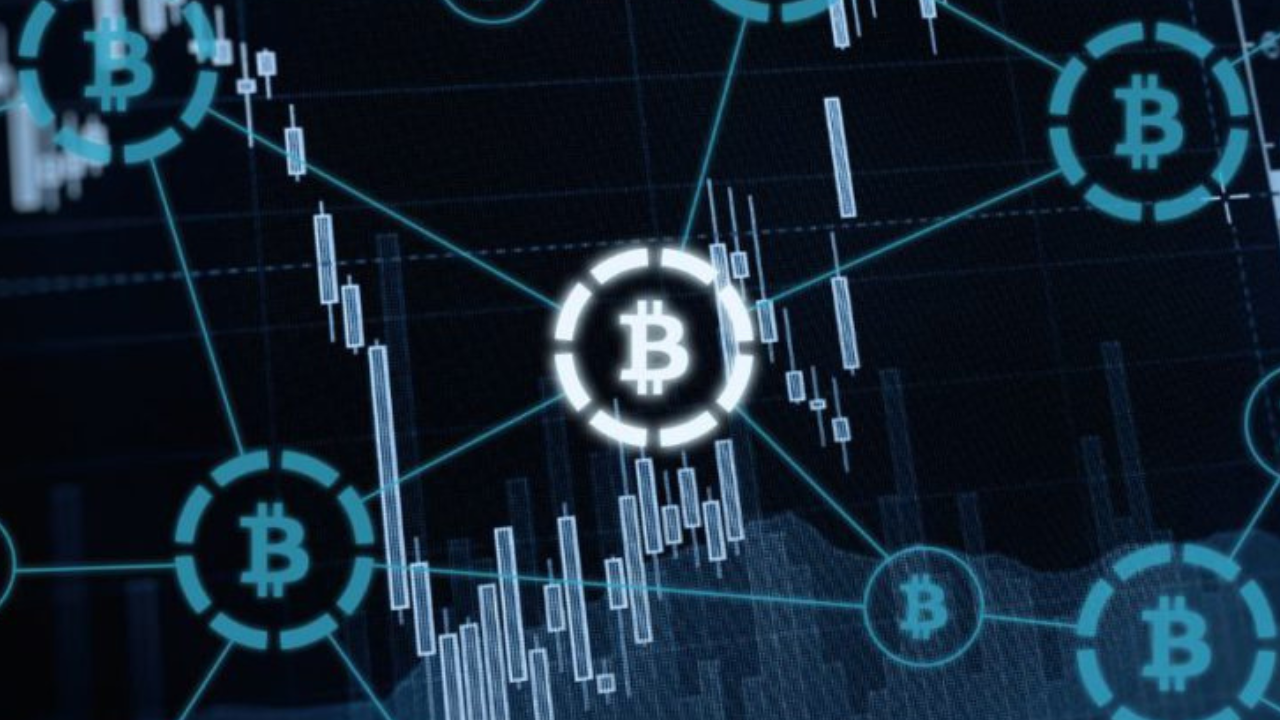Bitcoin And The Rise Of Digital Assets In Global Macro Trends

Unlock the mysteries behind Bitcoin’s meteoric rise and its profound implications for global finance. Delve into the world of digital assets and discover how they’re reshaping traditional paradigms. Join us to uncover Bitcoin’s transformative power amid evolving macroeconomic trends. Embrace the rise of digital assets by collaborating with knowledgeable firms through Nerdynator.
Disrupting Traditional Financial Systems
Few phenomena in financial history have been as disruptive as the emergence of Bitcoin. This decentralized digital currency, conceived after the 2008 financial crisis, has since evolved into a force challenging the very foundations of traditional monetary systems. At its core, Bitcoin operates outside the purview of central banks and governmental oversight, relying instead on a decentralized network of nodes to facilitate transactions. This departure from the centralized control exerted by traditional banking institutions has profound implications for the future of finance.
Bitcoin disrupts traditional financial systems through its fundamental principles of decentralization and transparency. By removing intermediaries and enabling peer-to-peer transactions, Bitcoin circumvents conventional banking infrastructure, offering users greater autonomy and control over their financial assets. This decentralization enhances transaction efficiency and reduces the risk of censorship and manipulation inherent in centralized systems.
Moreover, Bitcoin’s finite supply of 21 million coins introduces a novel economic paradigm that contrasts sharply with the inflationary policies of fiat currencies. While central banks have the authority to print money at will, thereby devaluing existing currency holdings, Bitcoin’s fixed supply ensures that its value cannot be diluted through arbitrary inflationary measures. This scarcity imbues Bitcoin with intrinsic value, akin to precious metals like gold, and positions it as a hedge against inflation and economic uncertainty.
The disruptive potential of Bitcoin extends beyond its role as a medium of exchange to encompass its function as a store of value. Traditionally, individuals and institutions have relied on assets such as gold and real estate to preserve wealth over time. However, Bitcoin’s digital nature and decentralized architecture offer unique portability, divisibility, and security advantages. As a result, many investors are turning to Bitcoin as a long-term store of value, diversifying their portfolios and hedging against traditional financial risks.
Influence on Economic Policies and Regulations
The meteoric rise of Bitcoin has not gone unnoticed by governments and regulatory bodies worldwide. As this decentralized digital currency gains traction among investors and consumers alike, policymakers are grappling with reconciling its disruptive potential with existing economic policies and regulatory frameworks. At the heart of this debate lies balancing innovation and consumer protection in an increasingly digitized financial landscape.
One of the primary concerns surrounding Bitcoin is its perceived threat to monetary sovereignty and financial stability. Unlike fiat currencies, which are backed by central banks and regulated by government authorities, Bitcoin operates independently of any centralized authority. This decentralization presents challenges for regulators seeking to monitor and control the flow of capital within their jurisdictions, raising questions about the effectiveness of traditional regulatory mechanisms in a borderless digital economy.
Bitcoin’s pseudonymous nature has sparked concerns about its potential role in illicit activities like money laundering and terrorism financing. Supporters argue that Bitcoin provides better privacy and security compared to traditional financial systems, while critics believe its anonymity enables criminal activity and hinders efforts to tackle economic crime. As a result, policymakers must navigate the challenge of balancing privacy rights with maintaining the integrity of the financial system.
The Future Landscape of Digital Assets
As the dust settles on Bitcoin’s meteoric rise, attention turns to the broader landscape of digital assets and the myriad opportunities and challenges they present. Beyond Bitcoin’s status as a pioneering cryptocurrency, diverse digital tokens and blockchain-based assets are reshaping how we think about money, investment, and technology. From decentralized finance (DeFi) platforms to non-fungible tokens (NFTs), the future of digital assets is ripe with innovation and disruption.
One of the most promising developments in the digital asset space is the emergence of decentralized finance (DeFi) platforms. These blockchain-based applications seek to replicate traditional financial services such as lending, borrowing, and trading in a decentralized, permissionless manner. By eliminating the need for intermediaries and leveraging innovative contract technology, DeFi platforms offer users greater transparency, efficiency, and accessibility than traditional financial institutions.
Another growth area within the digital asset ecosystem is non-fungible tokens (NFTs). These unique digital assets, which are indivisible and cannot be replicated, have garnered significant attention for their potential use cases in art, gaming, and digital collectibles. NFTs enable creators to tokenize digital content, creating new revenue streams and novel forms of ownership and expression.
Read More
Conclusion
As Bitcoin redefines the financial landscape, its impact on global macro trends becomes increasingly evident. Embrace the future of finance with confidence, knowing that the evolution of digital assets holds promise for a more inclusive and decentralized economy. Prepare to ride the wave of change as we navigate the uncharted territories of digital finance.






